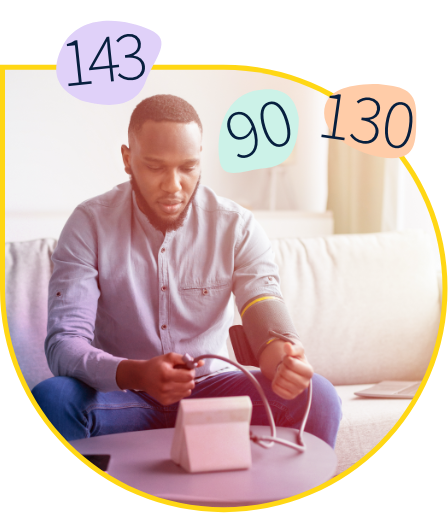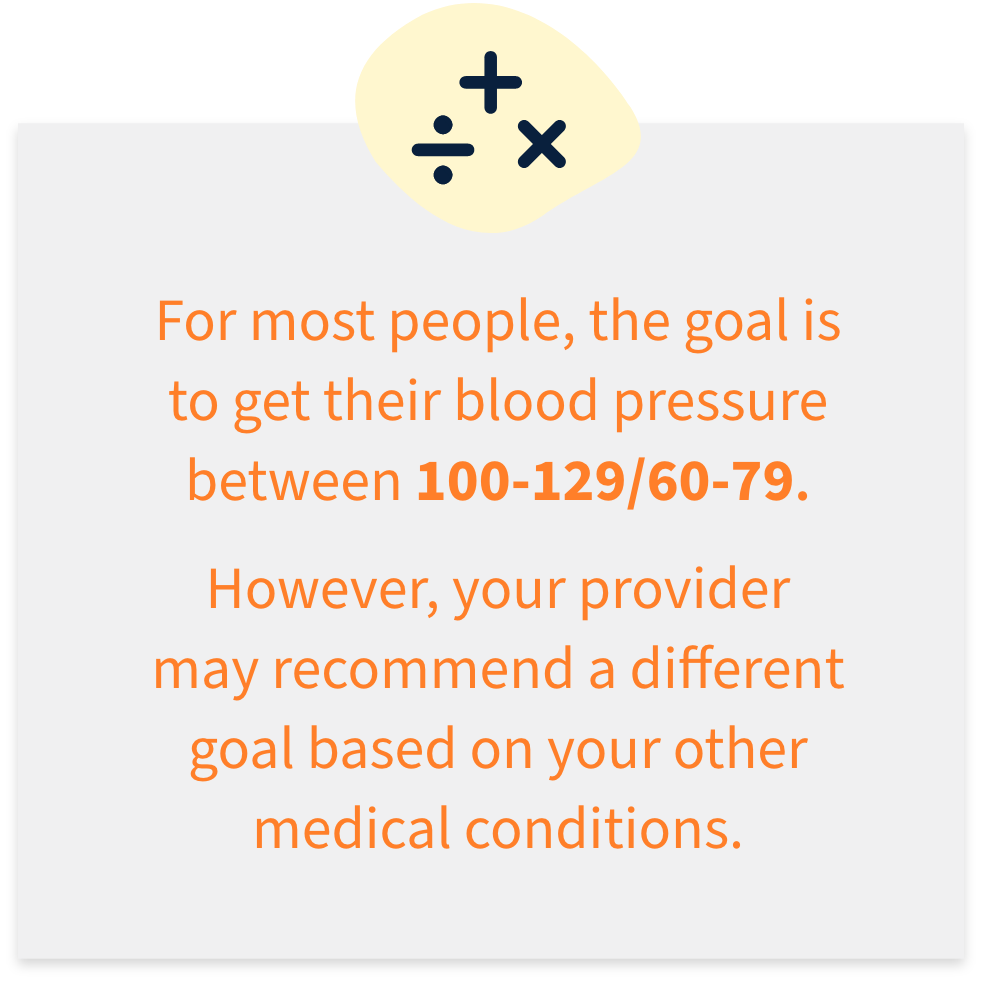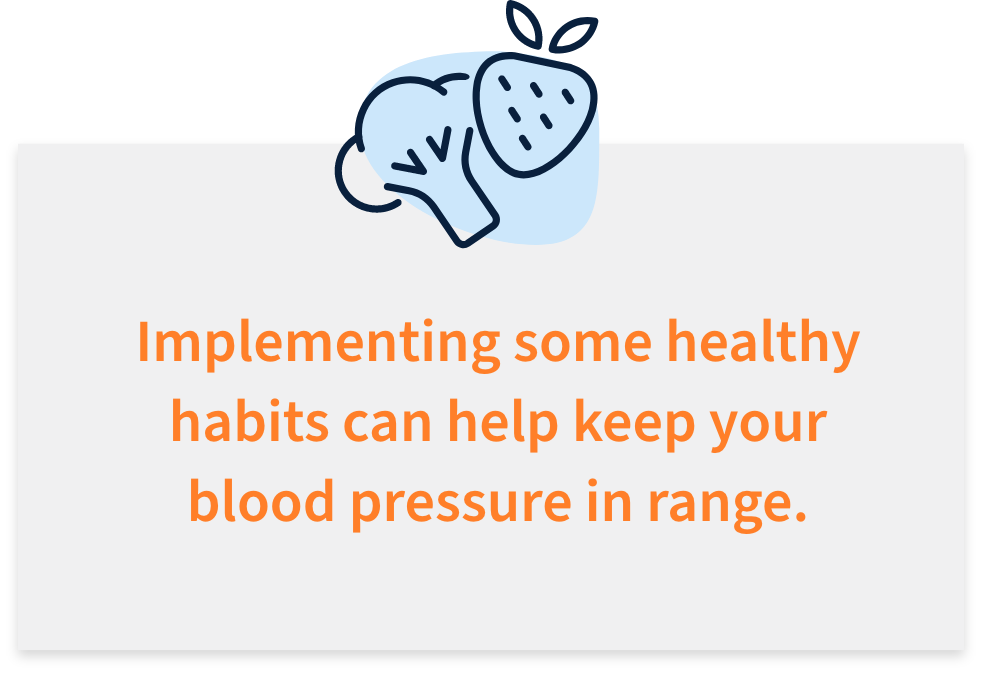DOse of clinical
The Low-Down on High Blood Pressure
Hypertension (aka high blood pressure) is a common yet potentially dangerous concern. Because it often has no noticeable symptoms, it's important to know your risk factors — and take steps to reduce them.

The silent assassin
Hypertension is super sneaky: typically, it has no symptoms. Due to its "silent" nature, it's a good idea to check your blood pressure regularly to make sure it's within a healthy range. When left untreated, it can lead to a host of serious health issues, including heart attack, chronic kidney disease, and stroke.
Understand your risk factors
High blood pressure has a few different causes. The most common factors include:
- Genetics. A family history of hypertension can increase your risk of developing high blood pressure. (Thanks, Mom and Dad!)
- An underlying condition. You can't pin it all on your parents, though. Your organs function as a team, and one medical condition can lead to another. Sometimes, high blood pressure is caused by underlying conditions like kidney disease, thyroid disease, or sleep apnea.
- Certain medications. Some medicines may increase your blood pressure, including common over-the-counter meds like NSAIDs (ex: ibuprofen), and decongestants (ex: pseudoephedrine).

Know your numbers
Understanding your blood pressure readings is key to controlling hypertension. Let's take a look at the numbers and what they mean:
- The "top" number is your systolic blood pressure. Systolic blood pressure measures the pressure created when the heart beats and pushes blood through the vessels.
- The "bottom" number is your diastolic blood pressure. Diastolic blood pressure measures the pressure in the arteries when the heart rests between beats.
For most people, the goal is to get their blood pressure between 100-129/60-79. However, your provider may recommend a different goal based on your other medical conditions.

Ace your accuracy
Several factors can affect your blood pressure reading. To get the most accurate results, keep these tips in mind:
- Lay off the coffee. Avoid caffeine for 30 minutes before taking a measurement. Also, use the restroom first. A full bladder can increase your blood pressure slightly.
- Find some quiet time. Roll up your sleeves, get your cuff ready, and sit in a comfortable position for five minutes before taking your blood pressure.
- Sit up straight. Before you press start, make sure you're sitting with your legs and ankles uncrossed and your back supported against a chair. Raise your arm to the level of your heart, then rest it comfortably on a table, desk, or chair arm. Try your best not to think about stressful things.

Keep hypertension in check
For some, improving exercise and eating habits is enough to get their blood pressure within a healthy range. Others may need to start one or more medications to treat their hypertension. Here are some healthy habits for keeping your blood pressure in range:
- Be punctual. If you're on medication for your blood pressure, take it at the same time every day.
- Shake your salt habit. Cutting down on sodium is hard to do, but consuming 1500g or less per day is ideal. Check food labels for sodium and aim for products that are less than 15% of the daily recommendation.
- Cut caffeine and alcohol. You don’t have to kick your coffee habit completely, but try to stick to one cup per day. The same goes for alcohol: limit yourself to one drink or less every day.
- Stay active. Get your heart rate up with exercise for 30 minutes per day, at least five days per week.

Consult your Firefly team
As a Firefly member, you have a team of experts who can answer questions about your blood pressure, help you manage your medications, and build a care plan just for you. Schedule a visit in the app today. Not a member yet? Get started by signing up on our website, or giving us a call at (855) 869-9284.